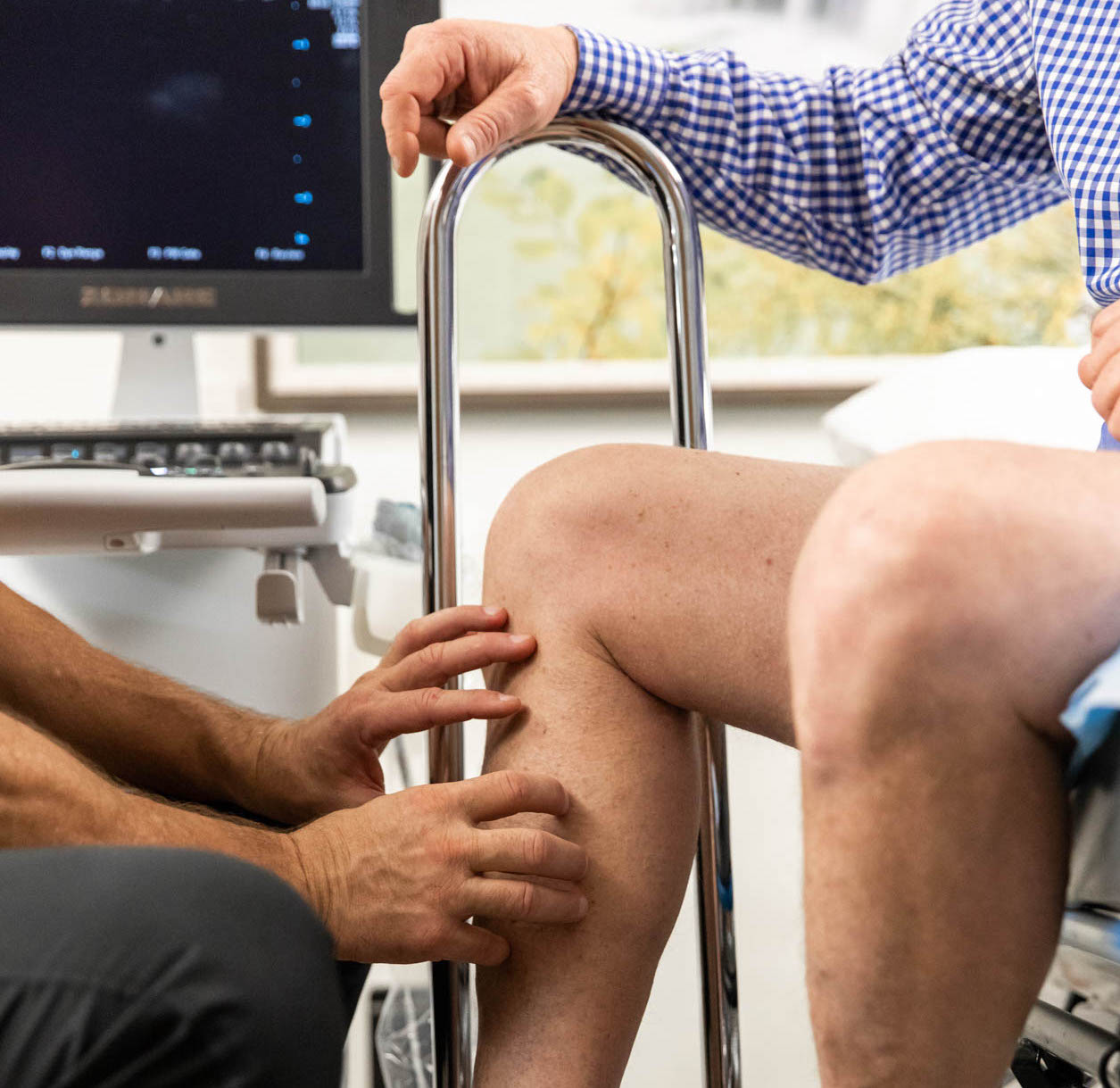Vein disease is a serious condition that can be life threatening if not treated. Do you know the signs? If not, the Ozark Regional Vein & Artery Center can help!
Cramping
One of the first vein disease symptoms to look for is leg cramping. It’s your veins’ job to transport blood back to your heart once your heart pumps it throughout your body. When your veins start failing in this task, also known as venous insufficiency, it can lead to a variety of symptoms. Leg cramping is one of the first and the most common.
At night when you’re laying in bed for an extended period, the slowing or stagnant blood flow as a result of venous insufficiency can result in increased discomfort and site-specific pain. The exact reason for this isn’t apparent, but there is a direct correlation between the onset of night-time leg cramps and venous disease.
Restless Legs
Venous insufficiency symptoms are consistent in their impact on the lower extremities. Restless Leg Syndrome (RLS), is no exception, and often acts as an extension of symptomatic leg cramping. Characterized by the uncontrollable urge to shake or move your legs, RLS often manifests in the evenings and can lead to incredible difficulty falling asleep or staying asleep. RLS sufferers also report feeling tingling, itching, and pins-and-needles sensations in their legs.
Painful Varicose Veins
Varicose veins are one of the most common signs of broader venous insufficiency. Blood that’s not being pumped back to the heart begins to pool or reflux in the veins of your legs and ankles, leading to discolored, bulging varicose veins that protrude against the skin.
The CEAP (Classification, Etiology, Anatomy, and Pathophysiology) is an official standard of classification, followed by vein experts across the country, to classify the severity of your vein issues on a scale of 0-6. C0-C1 are cosmetic issues with virtually no meaningful health effects, and stages C2 and higher are more serious health concerns of increasing severity.
Even though the development of varicose veins is stage C2 of the CEAP scale, there is a common misconception that varicose veins are benign and purely a cosmetic concern. While varicose veins are a natural part of growing older and not always an immediate problem, they can cause leg pain and achiness and become an ongoing health issue if left untreated.
Up Next: The Importance of Venous Reflux Disease Treatment
Spider Veins
This is one of the most common venous insufficiency symptoms. What complicates matters, however, is that spider veins are also common in older patients without serious venous concerns.
Spider veins can be blue, purple, or red. They may appear in the form of thin lines, webs, or branches. People sometimes also refer to them as thread veins. Typically, they are not painful or harmfulTrusted Source, but some people may wish to treat them for cosmetic reasons.
Swelling
Are your legs swollen and even painful? Swelling can be an indicator of vein disease progressing in your body. Venous insufficiency can become deadly if left to progress without intervention. If you are experiencing swollen legs, learning about vein disease could save your life and improve the quality of the life you live.
If you are experiencing chronic swelling in the legs, ankles, or feet, vein disease might be to blame. Venous edema is the term for this swelling when vein issues cause it. Over 90% of swollen legs are due to vein health, so chances are, if you have been experiencing this, the cause is venous insufficiency.
Discoloration
Discoloration usually happens on the lower leg, near the ankles, or on your feet. It’s caused by blood leaking out of the tiny vessels called capillaries. The blood pools under the skin and leave a residue of hemoglobin that settles in the tissue there. Hemoglobin contains iron, which causes the rusty color of the stains.
Experts in Treating Vein Disease Symptoms & Causes
If you need help treating your vein disease symptoms, or tackling the root causes of the issues, come to the Ozark Regional Vein & Artery Center. Our experience and growing suite of care options enable us to guide you toward lasting wellness solutions for a happier, healthier life.
We are the premier practice in Northwest Arkansas for all the highest-quality vein treatments available. Patients come to Dr. Haney, Dr. Stout, and the expert staff from all over Northwestern Arkansas, from Fayetteville to Bentonville, to ensure they receive the best concierge-level care and leg vein procedures.
Lead the charge on your vascular care with our Virtual Vascular Screening Questionnaire or by scheduling a consultation.

